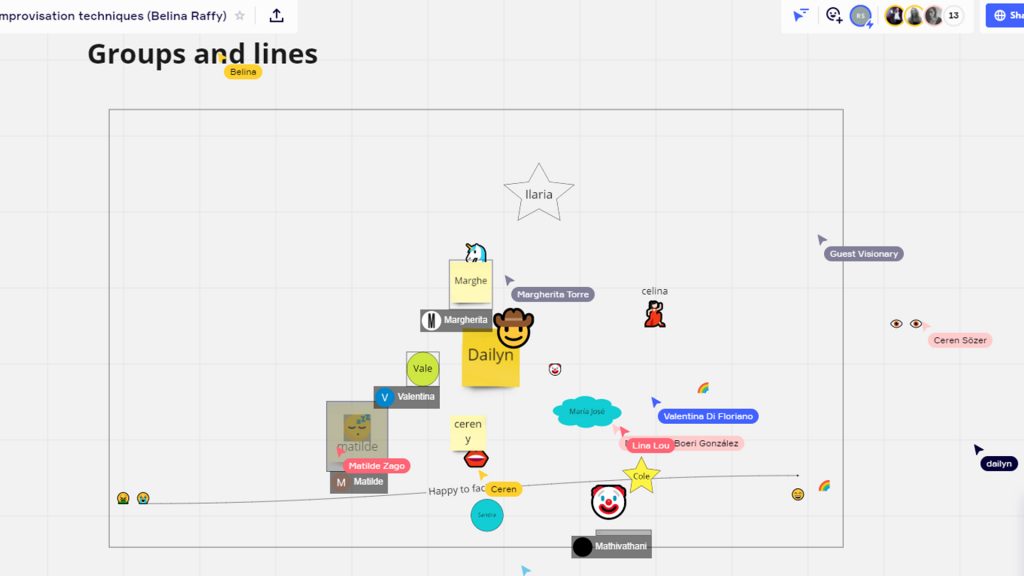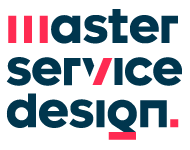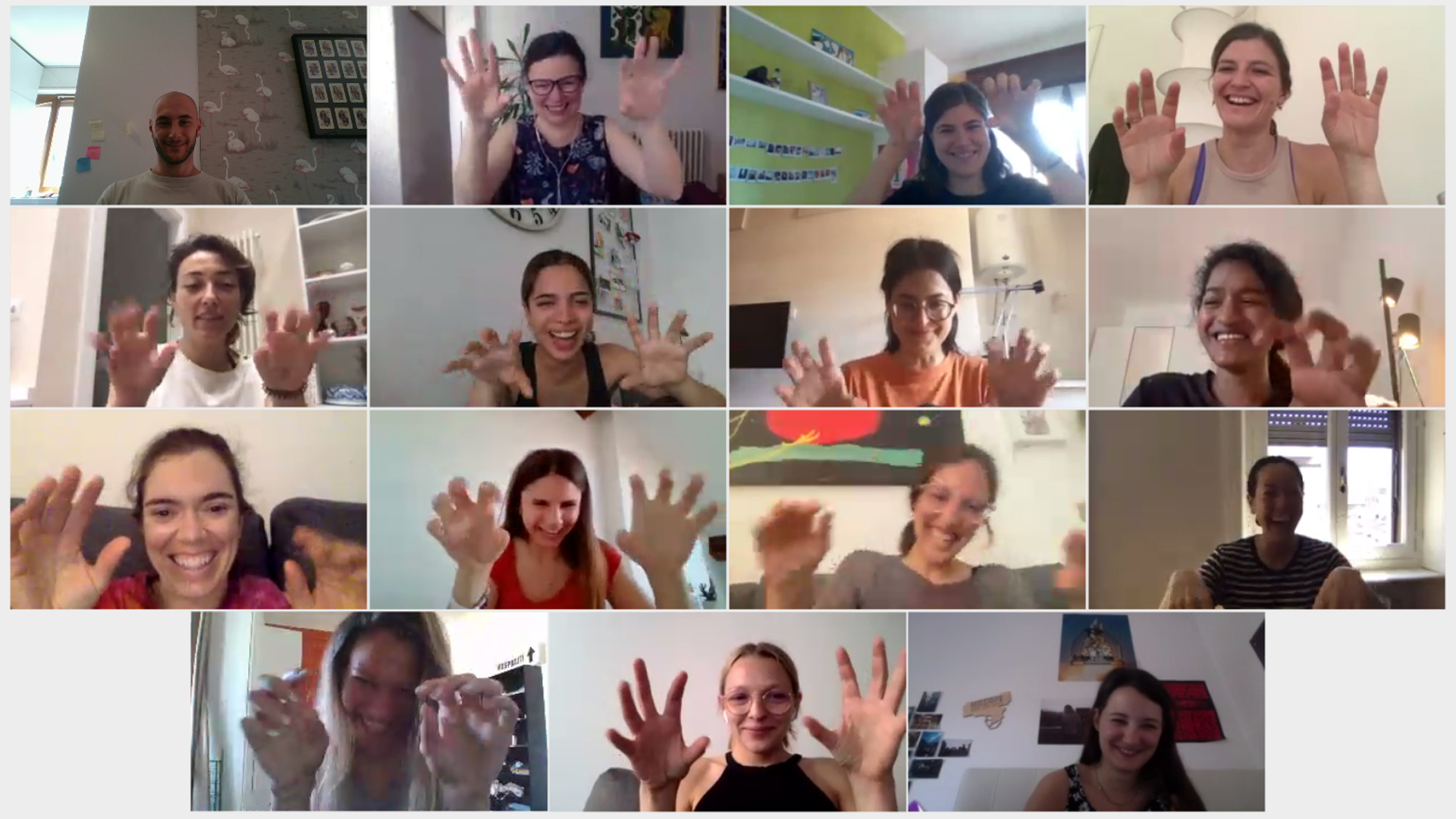As a service designer, how can you engage people effectively in creative parts of the design process? How can you make your approach highly productive, enjoyable, and able to allow for fresh insights? In the highly interactive, online, two-day course held by Belina Raffy, our students will explore key facilitation approaches, tools, activities, and techniques coming from applied improvisation, which are now globally used to support service design processes from the research phase through to the co-design of service solutions. In the end, they'll learn how to use some powerful methods and tools for facilitating online and in-person creative sessions, and how these relate to the service design practice. They'll reach an understanding of useful ways to set up creative sessions through many examples of how these methods and tools have been/can be used. The aim is to give them the ability to apply the learning to their creative sessions.
The first day saw the introduction to the course faced applied improvisation, key concepts, how they will work, and useful applications; the "core capabilities of improvisation" model by Robert Poynton has been introduced. They explored what makes a powerful co-creation/innovation experience. And they experienced multiple activities which support co-creation and innovation. Activities included a core activity "one-word stories", and an "evil, good, amazing" brainstorm. They had facilitation tips on how to introduce and debrief activities well. They also had a "fishbowl" experience where some students delivered an activity and the others supported/learned. Tomorrow, they'll start with reflections on the previous day. A few new creativity activities will be introduced, including Thiagi’s "Hello". They will explore Mihaly Csikszentmihalyi’s flow model about creative session design, then the teams will facilitate their design and receive feedback. In the end, they will have course reflections and explore the next steps.


